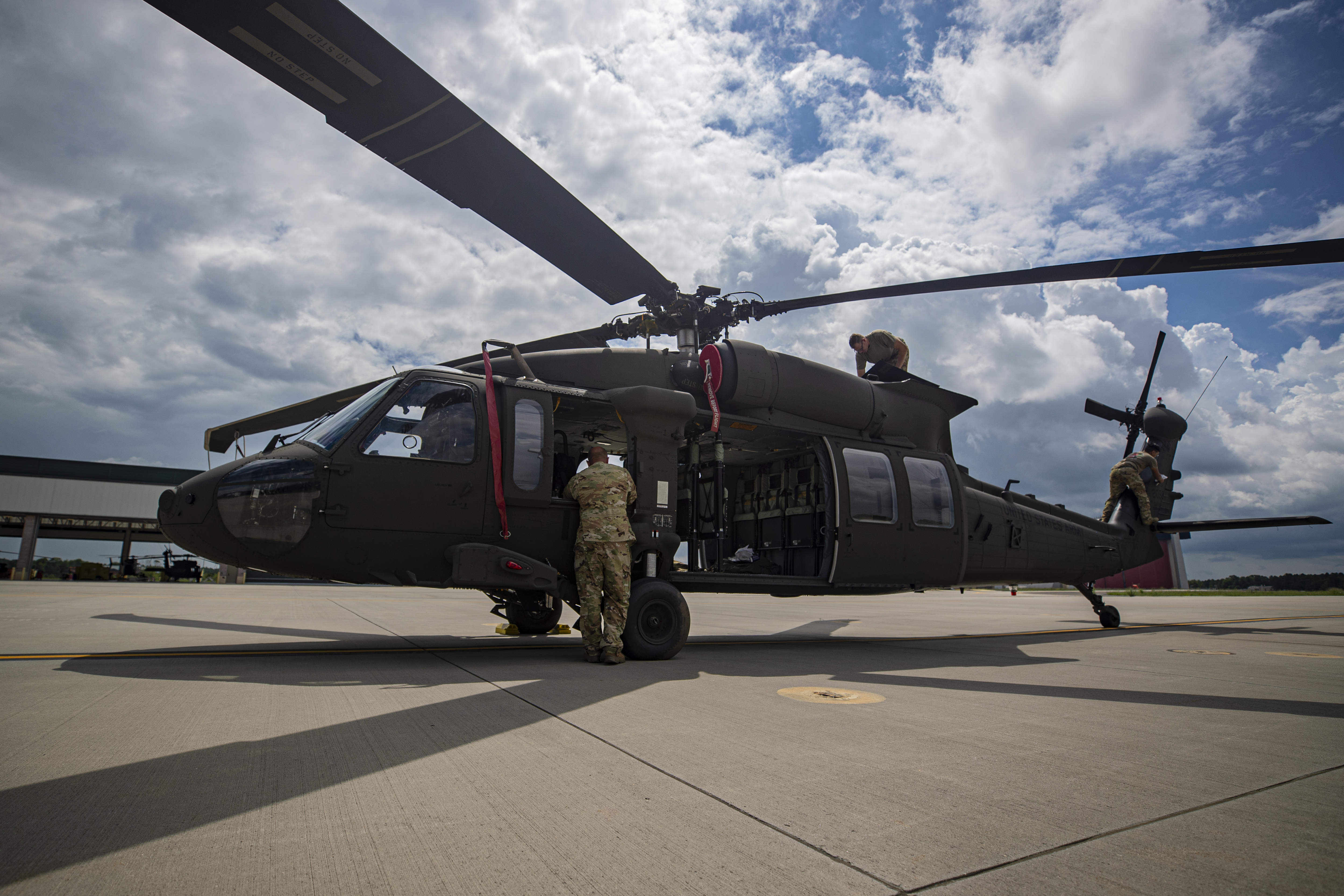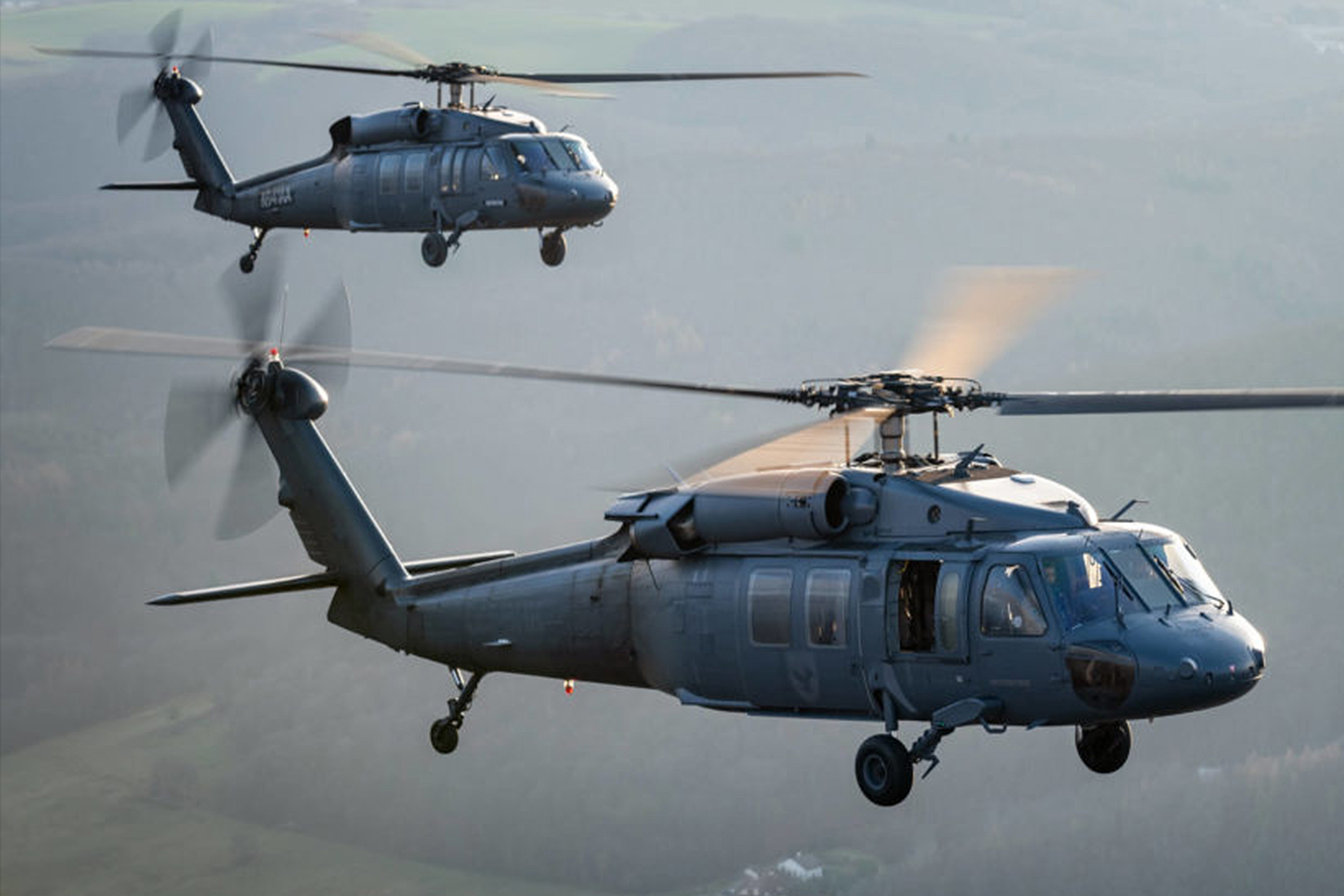Checking Out the Innovative Technology Behind Airplane Design and Design
The area of airplane design and design is observing a transformative change driven by innovative modern technologies that boost sustainability, effectiveness, and performance. As the sector grapples with the difficulties of environmental duty, advancements in sustainable aeronautics technologies guarantee to improve the future.
Advanced Products in Aircraft Style
Exactly how can the integration of innovative materials revolutionize aircraft style? The unification of advanced materials, such as carbon fiber composites, titanium alloys, and progressed ceramics, plays an important role in boosting aircraft efficiency and efficiency. These materials offer premium strength-to-weight proportions, making it possible for manufacturers to minimize total aircraft weight without jeopardizing architectural integrity. This reduction in weight directly adds to improved gas performance and enhanced haul ability.
Additionally, advanced materials exhibit improved resistance to corrosion and exhaustion, causing reduced maintenance expenses and extensive service life. For example, using titanium in essential elements assists hold up against severe temperatures and stresses, while carbon fiber compounds provide versatility in design and manufacturing processes. This adaptability enables for more wind resistant forms, adding to premium performance qualities.
Additionally, the integration of clever products, which can change homes in action to outside stimuli, opens brand-new opportunities for flexible systems in airplane layout. uh 60. These advancements promise not just to improve safety and security and functional effectiveness yet additionally to contribute to sustainability efforts by minimizing ecological impact through decreased emissions. In recap, progressed products are redefining the landscape of airplane style, leading the way for a lot more efficient, long lasting, and eco-friendly aeronautics services
Wind Resistant Advancements for Efficiency
Aerodynamic advancements play an essential function in enhancing aircraft performance, substantially influencing gas intake and general performance. Developments in airfoil layout, such as the introduction of supercritical wings, enable enhanced lift-to-drag ratios, minimizing drag at transonic speeds. These innovations make it possible for aircraft to preserve higher speeds with reduced gas expenditure, directly impacting functional expenses and environmental sustainability.
Moreover, the integration of winglets has verified efficient in minimizing vortex-induced drag at the pointers of wings, further boosting gas efficiency - uh 60. This layout modification causes a decrease in wake disturbance, adding to improved wind resistant performance during cruise ship problems

Moreover, computational fluid dynamics (CFD) tools have actually reinvented the testing and refinement of aerodynamic forms, enabling for accurate simulations of air flow around airplane (uh 60). This enables engineers to innovate constantly, making sure that modern airplane not only satisfy regulatory standards but also push the boundaries of efficiency in air travel

Duty of Computer System Simulations
Computer simulations have actually ended up being a crucial device in the field of airplane design, allowing designers to carry out thorough analyses and optimizations of different layout elements. These simulations allow for the virtual screening of aerodynamic properties, architectural honesty, and efficiency metrics long before physical models are constructed. By employing computational fluid characteristics (CFD) and finite element evaluation (FEA), engineers can forecast exactly how air moves around the aircraft and just how various materials will react to stress and anxiety and strain.
Furthermore, computer system simulations promote the exploration of a wide variety of situations and variables, increasing the style procedure and decreasing expenses connected with physical screening. This capacity not just enhances the accuracy of predictions pertaining to aircraft actions yet likewise provides understandings right into prospective design enhancements that may not be instantly evident through conventional techniques.

Furthermore, simulations assist guarantee compliance with strict safety and security guidelines by enabling designers to identify and rectify prospective problems early in the design phase. The integration of simulation technologies into the aircraft style procedure emphasizes the significant advancements in design techniques, ultimately adding to the development of much safer, a lot more effective, and eco-friendly airplane.
Artificial Intelligence in Design
Expert system (AI) is transforming the design landscape, especially in aircraft style, by improving decision-making procedures and enhancing layout workflows. With artificial intelligence algorithms, AI can evaluate substantial datasets, uncovering patterns and understandings that inform design review choices and enhance total effectiveness.
AI applications in aircraft style consist of generative style, where formulas develop numerous design choices based upon defined specifications, permitting engineers to evaluate a broader series of opportunities. This not just accelerates the style stage yet also makes sure that the last products satisfy stringent efficiency and security criteria.
Moreover, AI-driven anticipating analytics help with upkeep organizing by analyzing historical data and predicting potential failings. This positive method minimizes downtime and boosts aircraft integrity.
Furthermore, AI help in simulation and modeling, allowing designers to evaluate layouts under various conditions without the demand for physical prototypes. This capacity reduces growth timelines and minimizes prices related to typical screening approaches.
Sustainable Aeronautics Technologies
Just how can the aviation market effectively balance growth and ecological duty? The answer depends on the fostering of sustainable aeronautics useful reference innovations that focus on performance and reduce carbon emissions. Developments such as lasting aeronautics gas (SAFs), which are stemmed from renewable sources, have actually emerged as a critical element in accomplishing reduced lifecycle discharges. SAFs can dramatically decrease the carbon footprint of flights, making them a practical option to conventional jet gas.
Furthermore, developments in aircraft style, such as the growth of lighter materials and more aerodynamically effective shapes, add to improved gas effectiveness. Electric and hybrid propulsion systems are additionally gaining traction, providing a pathway to lower dependence on fossil gas and reduce greenhouse gas discharges.
The combination of these technologies is sustained by regulative structures and industry collaborations intended at establishing ambitious sustainability targets. In addition, electronic tools like information analytics and expert system can enhance flight procedures, additionally improving gas effectiveness. By embracing lasting methods and modern technologies, the air travel sector can not only fulfill the expanding need for flight however also play an essential role in resolving environment change, making certain an extra sustainable future for air transport.
Final Thought
The convergence of sophisticated materials, aerodynamic advancements, and innovative innovations notes a substantial advancement in airplane style and engineering. The integration of carbon fiber composites, titanium alloys, and AI-driven processes not only improves performance and efficiency but additionally improves process and predictive upkeep.

Computer simulations have ended up being an indispensable device in the area of aircraft design, making it possible for designers to conduct comprehensive evaluations and optimizations of numerous layout elements.The convergence of advanced products, aerodynamic technologies, and cutting-edge innovations notes a substantial evolution in airplane style and design.